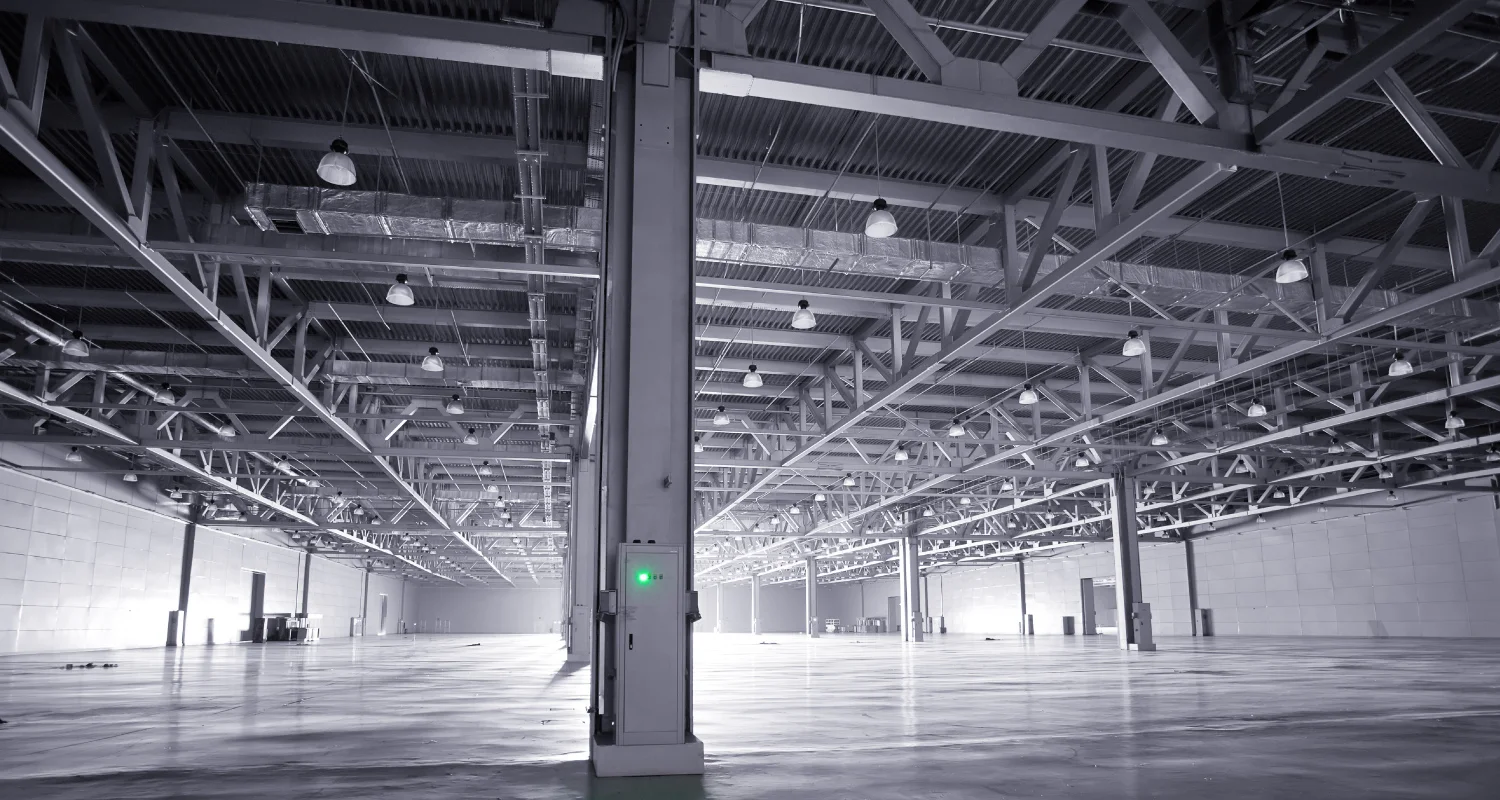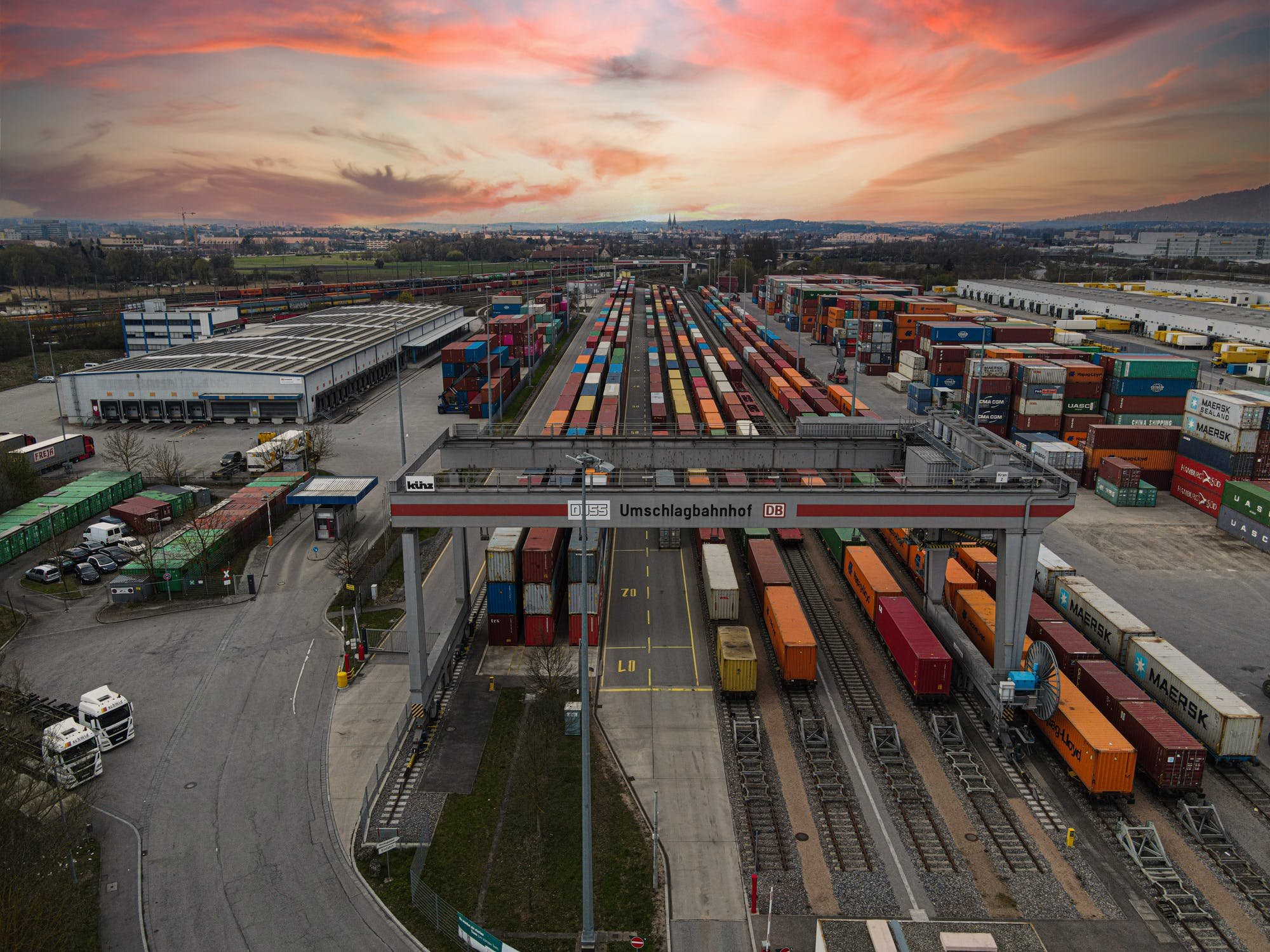The Future of Utah Requires a Multimodal Inland Port
The Utah Inland Port Authority’s (UIPA) website reads “Utah Inland Port Authority is not a singular place, It’s a statewide, generational logistics system.” As Utah looks to what is being developed for the inland port in Salt Lake City’s northwest quadrant, we must keep in mind that we aren’t just building for the challenges and opportunities of today, we are also building for future generations’ needs and how they could be met with sustainable environmental and financial measures.
Likewise building for the future, the Salt Lake City airport is currently constructing its new airport after two decades of planning for a price tag of $4.1 billion. They have funded this with user fees and bonds rather than with taxpayer dollars. The new capacity is estimated to contribute $5.5 billion to the local economy and will create over 3,000 jobs thanks to a successful collaboration between the private sector and Salt Lake City. The city-owned property has allowed the airport to focus on creating the correct number of terminals, runways, parking lots, and other facilities. These facilities may not be prioritized otherwise due to their costs and lack of significant direct income. The result has created a more efficient airport; even if passengers might not notice those results until walking times are shortened to the more distant terminals through currently unfinished tunnels.
Unlike the airport, UIPA does not control or own any land giving them no ability to build facilities that are instrumental to the development and long-term viability of a port. Jeremy Jensen is a local and national industrial real estate expert and the EVP at IPG Commercial Real estate. He and other national industry professionals I was able to talk to have concerns about the lack of a physical port. Jensen commented, "you would never have an airport authority without an airport, but somehow we have an inland port authority without a physical location for the Inland Port. That just doesn't make sense." In my one-on-one interview with Jack Hedge, the Executive Director of Utah Inland Port Authority, he agreed that a port location would be helpful, stating "It makes it difficult to drive growth when all we can do is influence and incentivize certain developments."
UIPA is currently limited to building relationships with stakeholders and landowners to educate and attempt to influence what facilities may be built. Hedge stated "At best, right now UIPA is a tenant that has to find buildings available in the market that fit the criteria of what is needed for the missing operations. The port will continue to be a less efficient and capable port than if the port authority is in control of land." Of importance to note, many of the facilities needed by the port are not mainstream industrial warehouse, or manufacturing, facilities. The types of facilities currently needed to develop a port in Utah have substantially different investment criteria than a conventional net-leased industrial project. With 8.7 MSF currently under construction, Utah's industrial market is setting all-time records for building and leasing new Class A warehouse facilities and with high demand, private sector landowners have little motivation to build anything other than these bread-and-butter projects. These warehouses and manufacturing facilities are vital to our market and the larger supply chain process, but they have a serious side-impact; transportation sprawl. This has led to our conventional means of transportation for goods and products being largely handled by semi-trucks and trailers, but there is a better way.
A sustainably designed and thoughtfully implemented Utah Inland Port, centered around multimodal shipping operations (rail, ground, and air) would be a real game-changer for Utah now, and for generations to come. With over 1/3 of Utah's $168.62 billion GDP generated by logistics-dependent industries, much of that infrastructure is already in place but it needs "a logistics Disneyland" with customs clearance, loading docks, transloading facilities, chaise yards, and container yards to tie it all together. Utah is about 800 miles away from the major ports of Los Angeles, Long Beach, Oakland, and The Northwest Seaport Alliance, which will keep Utah in a position to control the inbound supply chain. But without the proper facilities, Utah is a relief valve rather than the vital link to a sustainable nationwide logistics program. The implemented port would solidify our position as an indispensable part of that supply chain and fundamentally change the nation's logistics for the better through more sustainable rail use.
Transitioning cargo shipments from semi-trucks to rail should be a top priority of industrial market stakeholders, Utah’s elected leaders, and an educated population. Trucking is not a sustainable single-source solution for the future of shipping needs, not here in Utah, nor across the country. A more sustainable choice of transporting goods is via rail, but currently trains only comprise 20% of cargo moved to the intermountain west. Rail shipping is shown to be up to four times more fuel-efficient and 75% less pollutant of greenhouse gasses than by semi-truck. A single train with one hundred cars in tow, scheduled daily to Utah from California, would allow for 300 semi-trucks to be taken off the road each year. This would save over 50,000 tons of carbon dioxide emissions with only a quarter of the fuel used. Rail also has the added benefit of keeping heavy and potentially dangerous freight off of crowded roads, keeping roads safer for passenger cars.
Transloading facilities should also be a top priority. Transloading is the process of breaking down cargo container shipments into various mixed container loads before being sent elsewhere via truck making it a critical component of the supply chain process. It also has the added benefit of taking an average of three containers and condensing them to two before re-shipping which also lowers costs and could attract companies to use the port's rail solutions. Without a dedicated trans-loading facility with access to other port facilities, some companies may choose to reject rail freight delivery once congestion of the ports subsides, preferring instead to continue to use the flexibility of trucks to ship through Utah. If the UIPA created a trans-loading facility adjacent to port infrastructure, it would be possible to incentivize companies to leave a larger portion of domestic shipping on the rail network, creating a more sustainable and cost-effective system. The Utah Inland Port Authority also has other ideas within a master-planned site that would further help sustainability in Utah including; creating natural gas, electric, and hydrogen refueling stations. This type of site could also include parking to keep trucks safely off streets and idle free.
The State of Utah should intervene to provide land or financial support (with a short payback period coming from user fees) so the UIPA could control a dedicated land site. This would allow the port authority the ability to partner with local stakeholders and industry leaders to create a master-planned port, with the suggested facilities that are lacking, with little to no long-term burden on the State. UIPA has already made progress with effective collaborations like increasing the frequency of direct Union Pacific trains from the Port of Los Angeles to Salt Lake and partnering in the creation of a dedicated geographic-specific 5G logistics network. In conversation with Jack Hedge, he indicated that UIPA is going to market this week with a port infrastructure bond offering to help build a 200k SF transload cross-dock facility, truck storage, and container yards but also noted; “We are making it happen but it is inherently inefficient. If UIPA owned land, we would be able to create a port with less cost and more control over the usage and operations on that property."
The US Department of Transportation currently estimates Utah's demand for cargo will increase by 104% over the next 25 years making it imperative to have the conversations now that will impact the future growth, employment, and quality of life. Without a UIPA land site, some of the facilities meant to assist important local and nationwide sustainability goals may remain just that, ideas. Just like how the airport authority ensures that each aspect of an airport is accounted for regardless of its isolated ability to generate revenue, UIPA owned land would allow for a master-planned site that would protect Utahans from logistic oversights. This would prevent the unwarranted forfeiture of low shipping costs, efficient deliveries of goods, quick access and increased safety on our roads, protection of our environment, job creation in our state, and air quality. It is time for increased awareness and action in support of the Utah Inland Port Authority’s goals of a sustainable supply chain.






